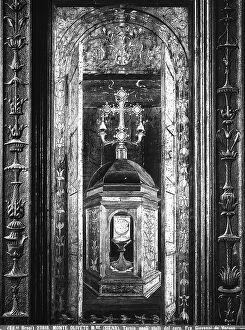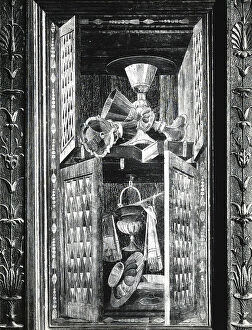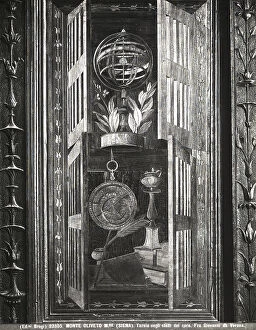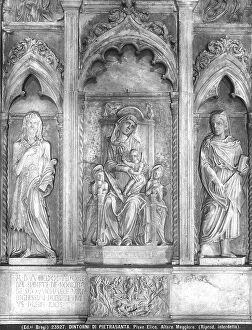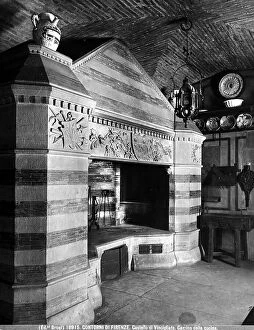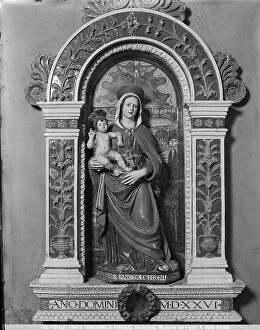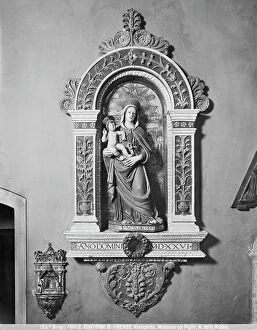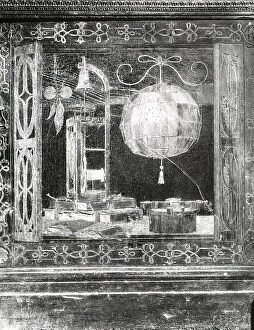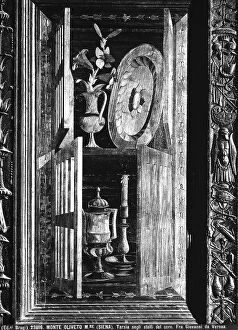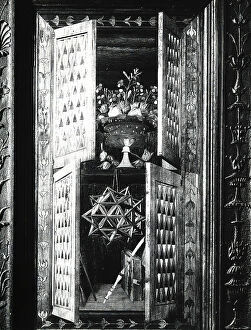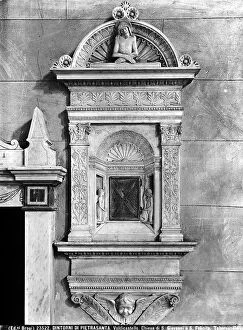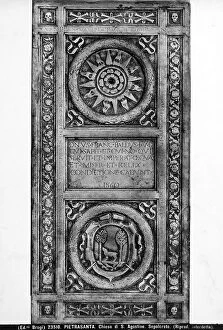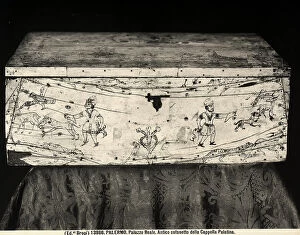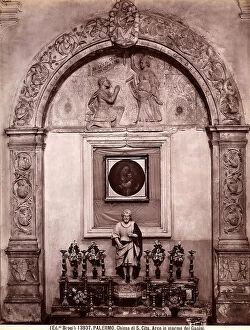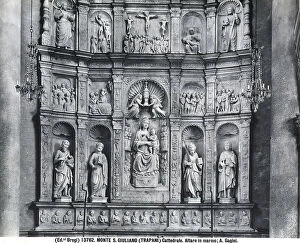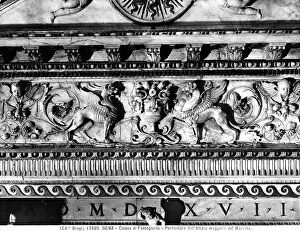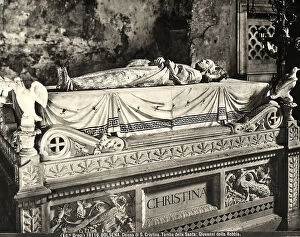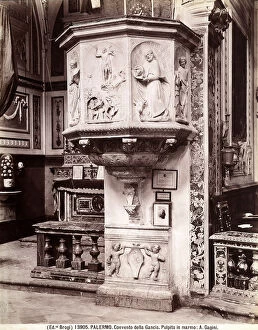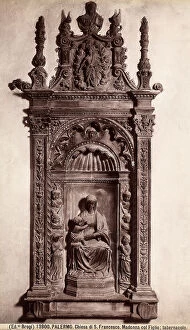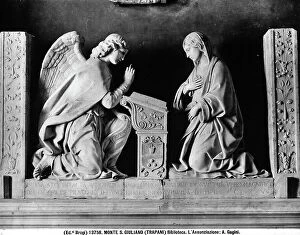Brier Collection (#2)
"Brier: Unveiling the Mysteries of Nature's Beauty" Oh, what's that in the hollow? A hidden gem waiting to be discovered
For sale as Licensed Images
Choose your image, Select your licence and Download the media
"Brier: Unveiling the Mysteries of Nature's Beauty" Oh, what's that in the hollow? A hidden gem waiting to be discovered. With delicate petals and a sweet fragrance, briers have captivated our hearts for centuries. Intriguingly intertwined with history, these enchanting plants hold tales from different eras. From the rosehip remedies used by ancient healers to the resilience displayed during World War II when Peggy Speeds The Plough. Transported back in time through an exquisite 19th-century illustration of wild roses or illuminated manuscripts like Marco Antonio Binarelli's work on "Bolla della Agregazione auta dalla Venerabile Archiconfraternita di San Rocco di Roma, 1717, " we witness the enduring allure of briers. Even ivory plaques depicting stories of Saint Peter from the Second School of Metz or MarkUS Brier's artistic creations pay homage to their significance. These intricate carvings remind us that they are not just mere plants but symbols deeply embedded in our cultural heritage. As we explore further, we stumble upon a funerary monument dedicated to Pietro Bembo adorned with elegant floral motifs and heads reminiscent of nature's bounty. This tribute reminds us that even in death, briers continue to inspire awe and reverence. Delicate yet resilient, they find their place on initial letters within illuminated codices—a testament to their everlasting presence throughout literary history. And let us not forget Limosina manufacture’s plaque featuring Saint Marziale—an embodiment of grace and beauty entwined within thorny branches—showcasing how they can symbolize both fragility and strength simultaneously. So next time you encounter a humble brier along your path, take a moment to appreciate its rich tapestry woven over centuries. For within its thorns lies a story waiting to be told—a story that connects us all through the timeless beauty of nature.


